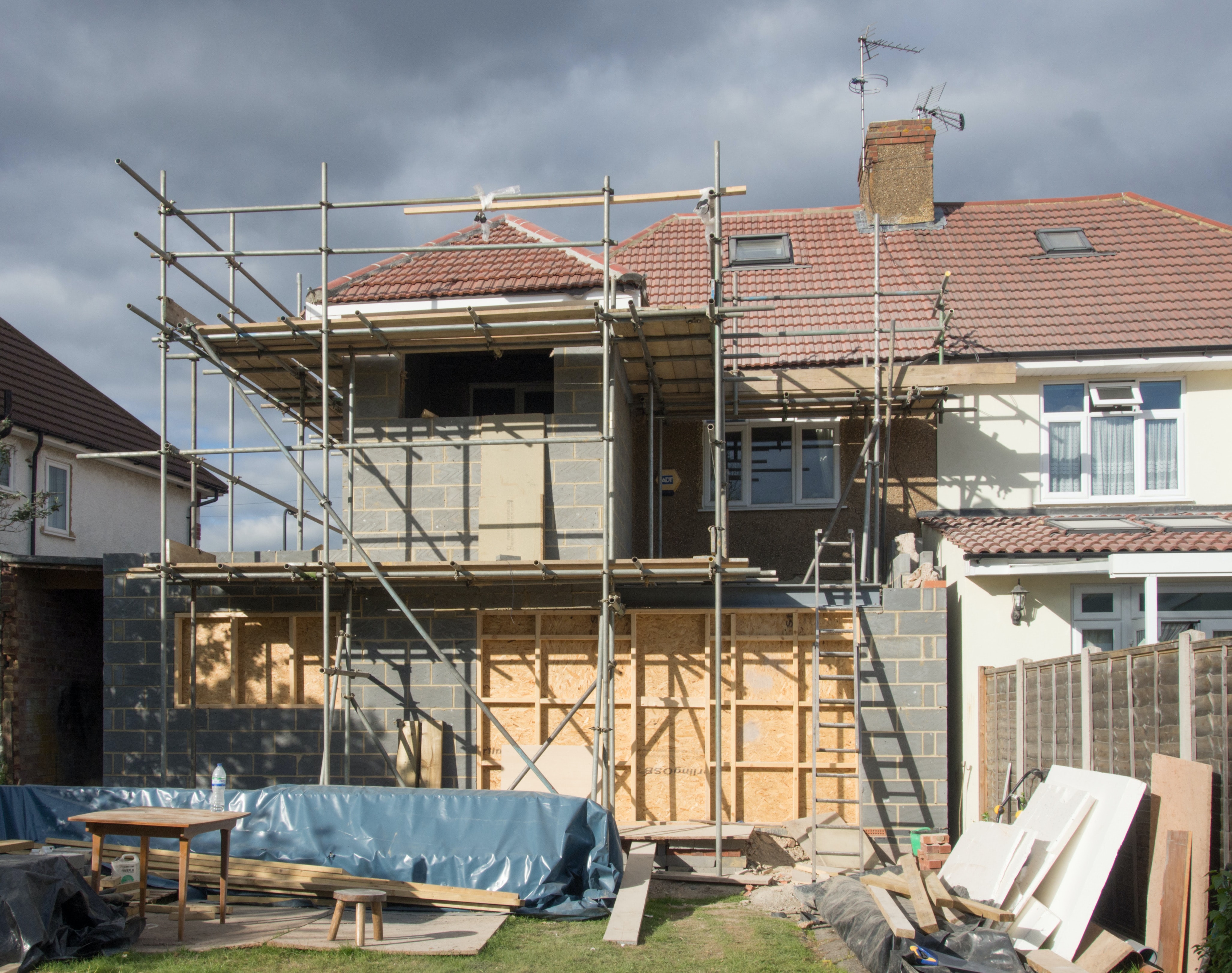If you plan to design your future perfect dwelling on your own, you should pay special attention to the building codes in your region.
Building your own house is usually the best way to make sure everything is just as you imagined it. After all, building a house is the only approach that lets you freely personalize more permanent aspects of your home, such as shape, dimensions, and even the sort of materials you use to erect it – changing these during renovation is more often than not too costly to bother.
However, you should take into account that getting your house built is not as simple as buying a plot of land and hiring construction workers. You need to remember several laws and regulations before you lay down even a single brick.
To get started, below you’ll find a few of the common rules and restrictions. Most of these exist in one form or another in every state, so if you plan to build your perfect residence in Phoenix, for example, research your local regulations first.
Understand Zoning Laws
In general, your first order of business should be to see if the land you own allows for building your perfect home on it. Although often believed to be an outdated concept, zoning is nevertheless very important to your future housebuilding effort. Fortunately, most of the time, it will be only a formality, as your land’s zoning category is very likely to be “R” or “residential.” This category can be further divided into several subgroups telling you exactly what kind of housing you can build there, such as single-family residences (SFR) or suburban homesteads (SH).
What you should also take into consideration is that some areas might have more than one zone assigned to them. For instance, the piece of land you bought might be designated “residential,” “rural,” and “aesthetic” at the same time. If you have this sort of zoning overlap, it’s even more important to research it properly.
To illustrate the point, while a “residential” zone allows you to build a home, the “rural” one might, for example, severely limit the number of dwelling structures you place there. Furthermore, the “aesthetic” zone can force you to limit yourself to certain characteristics such as the color of your home or forbid you from making your residence out of metal. “Environmental” designation can make it impossible to develop certain parts of your land, etc.
So does it mean you should simply sell your land if you find the zoning is too restrictive for your tastes? Not necessarily. You might try to get an exemption in the local zoning department, although that is certainly going to involve a lot of time and effort. Unfortunately, there is no guarantee of success, but if the land is important to you, it’s worth a try.
Always Check Local Ordinance and Restrictive Covenants
Just because the zoning laws allow you to erect a specific type of residential building, it doesn’t mean you’re free to do so as you please. Often, your design needs to agree with various ordinances and covenants in the area.
To illustrate the point, once you finalize your three-story single-family home design, it may turn out that your local area doesn’t allow structures that high. As such, always check ordinances before you get to the planning stage to minimize the potential redesign costs should your residence’s design be non-compliant. You can do that in your local government office such as city hall.
Moreover, when building a house, make sure to understand the neighborhood covenants governing your community. The idea here is that some areas effectively enforce the so-called “restrictive covenants,” which are essentially limitations placed on you as a homeowner. The homeowner association (HOA) in your area usually has the “Declaration of Covenants, Conditions, and Restrictions”(CC&R) document that describes the restrictions in detail.
To give you an example, CC&R may forbid you as a future owner from ever building a shed or a standalone garage in your front or backyard. You might be disallowed from keeping certain types of animals in your home, e.g., dog breeds commonly believed to be aggressive or livestock. You may even be unable to rent your home to anyone. If you feel the CC&R in the area is too limiting, you can try to vote for removing some of them (as restrictive covenants are put in place by HOA members voting).
Building Codes Are Vital
If you plan to design your future perfect dwelling on your own, you should pay special attention to the building codes in your region. Most jurisdictions in the United States follow the International Building Code and, in the case of housing, the International Residential Code. In simple terms, these are the standardized rules and regulations engineers and designers must abide by.

To provide an example, building codes govern the construction of various elements, such as roof and wall assemblies, ceiling heights, the exact size of exits in your house, and much more. If, say, your window well has a vertical depth of more than 44 inches, it is required to have a permanent ladder attached to it. The reasoning here is that window wells are possible escape routes and need to act as such in an emergency situation. The IRC is remarkably extensive, with even masonry fireplaces and water heaters being legally well-defined.
Building codes prioritize the safety of the structure you’re hoping to build, and as such, you should make every effort to make it regulations-compliant. Failure to do so can end in not only significant fines but even having the residence declared uninhabitable or, in extreme cases, facing legal action.
As such, it might be best to leave the design and construction stage to professionals, who will ensure that the various building codes are followed to the letter without any mistakes or misunderstandings of the requirements.
Final Words
Building a house is a costly, time-consuming, and stressful process. As such, you should do your best to make sure that the structure won’t face any legal issues. Always research the local, state, and even federal regulations before taking action. Make sure that your zone is cleared for residential construction, check your local ordinances and restrictive covenants before committing to construction, and consult the building codes during the design and construction processes. This will help you avoid various complications later on when it’s too late to change anything without a significant investment. Good luck!


Join the conversation!